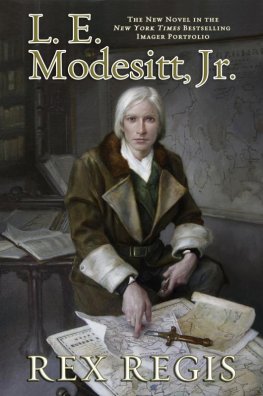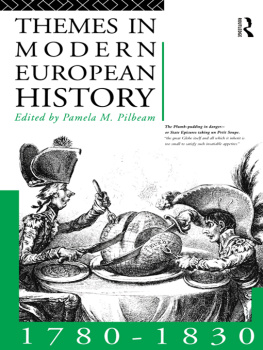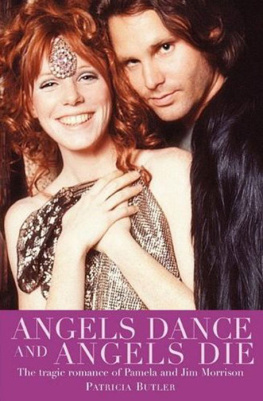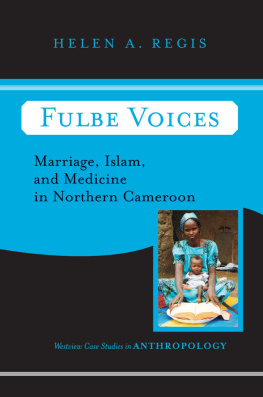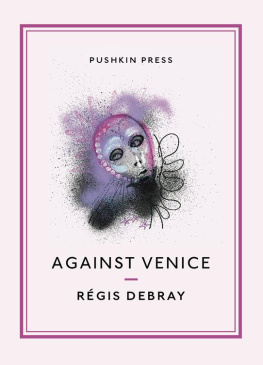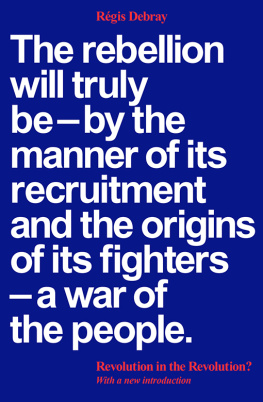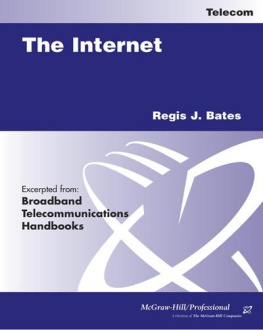Pamela Regis - A Natural History of the Romance Novel
Here you can read online Pamela Regis - A Natural History of the Romance Novel full text of the book (entire story) in english for free. Download pdf and epub, get meaning, cover and reviews about this ebook. publisher: University of Pennsylvania Press, Inc., genre: Romance novel. Description of the work, (preface) as well as reviews are available. Best literature library LitArk.com created for fans of good reading and offers a wide selection of genres:
Romance novel
Science fiction
Adventure
Detective
Science
History
Home and family
Prose
Art
Politics
Computer
Non-fiction
Religion
Business
Children
Humor
Choose a favorite category and find really read worthwhile books. Enjoy immersion in the world of imagination, feel the emotions of the characters or learn something new for yourself, make an fascinating discovery.

- Book:A Natural History of the Romance Novel
- Author:
- Publisher:University of Pennsylvania Press, Inc.
- Genre:
- Rating:3 / 5
- Favourites:Add to favourites
- Your mark:
- 60
- 1
- 2
- 3
- 4
- 5
A Natural History of the Romance Novel: summary, description and annotation
We offer to read an annotation, description, summary or preface (depends on what the author of the book "A Natural History of the Romance Novel" wrote himself). If you haven't found the necessary information about the book — write in the comments, we will try to find it.
A Natural History of the Romance Novel — read online for free the complete book (whole text) full work
Below is the text of the book, divided by pages. System saving the place of the last page read, allows you to conveniently read the book "A Natural History of the Romance Novel" online for free, without having to search again every time where you left off. Put a bookmark, and you can go to the page where you finished reading at any time.
Font size:
Interval:
Bookmark:
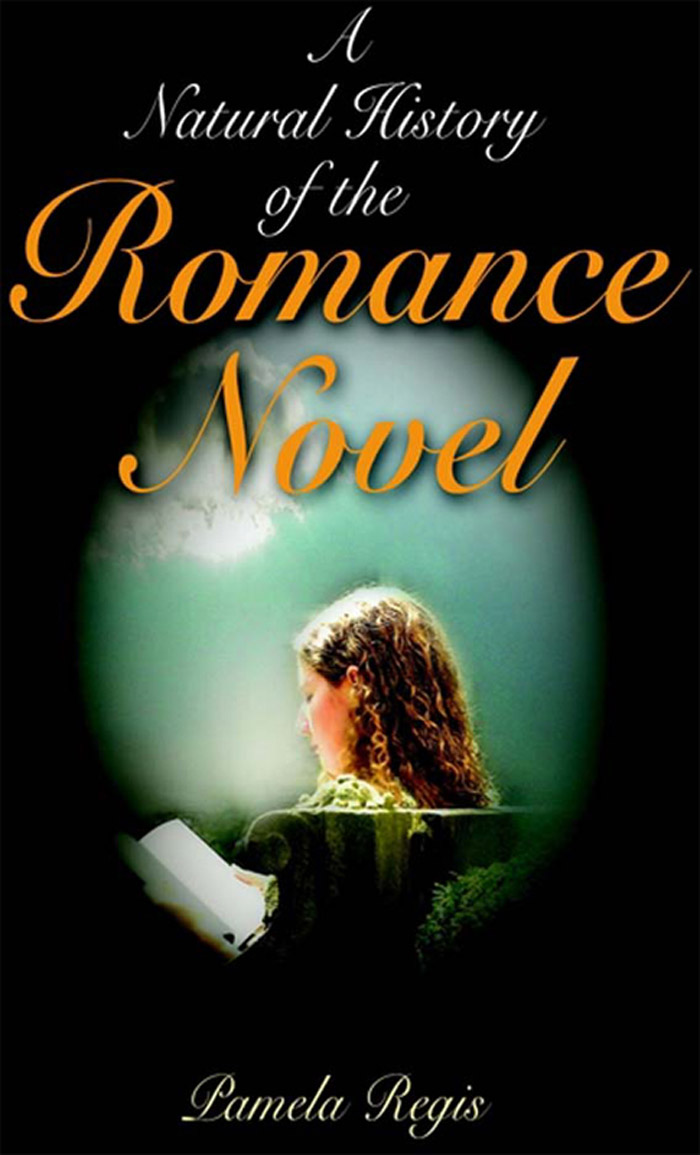
Romance
Novel
PAMELA REGIS
University of Pennsylvania Press, Philadelphia
Copyright 2003 University of Pennsylvania Press
All rights reserved
Printed in the United States of America on acid-free paper
10 9 8 7 6 5 4 3 2 1
Published by
University of Pennsylvania Press
Philadelphia, Pennsylvania 19104-4011
Library of Congress Cataloging-in-Publication Data
Regis, Pamela.
A natural history of the romance novel / Pamela Regis.
p. cm.
Includes biliographical references and index.
ISBN 0-8122-3303-4 (cloth : alk. paper)
I. Love stories, EnglishHistory and criticism. 2. Love stories, AmericanHistory and criticism. I. Title.
PR830.L69R445 2003
823.08509dc21
2002045412
For Edward

Beth went out with Eric last night (as you may or may not know). Im RFALLY ANGRY (not at her, but at him) but of course hes not here and she is. I hate everything. Im holding my breath.
Handwritten on the flyleaf of a library copy
of Pride and Prejudice
This book defines the modern romance novel written in English and traces its development from 1740 through the 1990s. The definition and literary history of the romance novel will provide critics with a clearer understanding of the genres nature and scope. They will also form the basis for a counterargument to the widespread disdain for and condemnation of this literary genre.
It is a commonplace in works about the romance novel to point to the genres popularity. In the last year of the twentieth century, 55.9 percent of mass-market and trade paperbacks sold in North America were romance novels (Romance Writers of America, Website). In 1996 the genre generated approximately one billion dollars in sales of 182 million books. More than two thousand titles were released that year (Romance Writers of America, Welcome). These are astonishing figures. No other popular formnot mysteries, Westerns, science fiction, fantasy, thrillers, horror, or spy novelsis as popular. Nor is so-called literary fiction. Nor is nonfiction. Romances are the most popular books in the United States.
Popularity, however, does not mean acceptance. Writers of romance novels appear regularly on the New York Times Book Reviews Best Sellers List. During ten weeks in late 1997 Johanna Lindsey, Kaye Gibbons, Julie Garwood, Sandra Brown, Nora Roberts, Catherine Colter, Judith McNaught, and Jude Deveraux all made the list. During that same ten weeks the Review ran its crime column several times, in which Marilyn Stasio reviewed a short stack of mysteries; and once Gerald Jonas provided a similar service for science fiction. Yet the romance novel went unreviewed, despite its strong presence on the list, despite its dominance in the bookstores.
The newspaper of record simply reflects the usual lack of respect accorded to this genre in the larger culture. Women admit that they cover a romance novel if they are going to be reading in publicon an airplane or subway. They would not feel the need if the book were, say, a mystery. There is also a widespread assumption that these books are easy to write. Any number of people have smilingly said to me that they are considering writing a romance novel. They often claim that they will do sopresumably from beginning to endover the Christmas holidays. (I smile back, and tell them that they certainly should not let anything stand in their way.) Any novel that apparently can be produced this quickly fails to earn respect. Appearances, of course, are deceptive. It takes most romance writers just under a year to write a book (Romance Writers of America, Website).
This lack of respect results, in part, from a lack of understanding, both of the heroine herself and of the genre in which she appears. The heroine appeals largely to a female audience. The romance is the most female of popular genres. Nearly all of the writers and readers are women. Men have traditionally controlled which books get reviewed, and the effort that they must make to read across the gender barrier is very great. Women read across this barrier much more readily, the practice having been acquired early on in their reading lives. Jane Tompkins notes that in our culture stories about men... function as stories about all people, so women learn at an early age to identify with male heroes (West of Everything 17). Many men lack this experience of reading across gender lines. Thus, romance novels resonate less readily with them. One male friend to whom I occasionally give romance novels usually cannot finish them because he claims that nothing is happening. I typically finish the science fiction that he gives to me. I learned as an adolescent to identify with the heroes of science fiction novels. He had no corresponding practice with the heroines of romance novels. Our experience, I suspect, is not unique. It is difficult to understand a kind of literature that you do not read (although undergraduates attempt this feat in colleges everywhere).
Even female readers who (presumably) can identify with the heroine misunderstand the romance novel because they suffer from a flawed conception of what a romance novel is, or from a partial knowledge of the genres history. As we shall see in focus on the ending to the exclusion of all other narrative events present in the romance novel.
In explores the genres history in the twentieth century.
What emerges from this exploration are the virtues of the romance novel heretofore largely hidden from both mainstream literary culture and from most critics. The genre is not silly and empty-headed, as mainstream literary culture would have it. Quite the contrarythe romance novel contains serious ideas. The genre is not about womens bondage, as the literary critics would have it. The romance novel is, to the contrary, about womens freedom. The genre is popular because it conveys the pain, uplift, and joy that freedom brings.

More than any other literary genre, the romance novel has been misunderstood by mainstream literary culturebook review editors, reviewers themselves, writers and readers of other genres, and, especially, literary critics. Deborah Kaye Chappel has characterized critical response to the romance novel as a dogged insistence on containment and reduction (5). Even the most cursory survey of criticism of this genre yields a ringing condemnation of it: critical characterization of the romance novel is overwhelmingly negative. The titles alone of critical works on the genre attest to widely based censure. Romance novels are badly written: consult Rachel Andersons The Purple Heart Throbs: The Sub-literature of Love. These novels are schlock: Julia Bettinotti and Pascale Noizet title their book Guimauves et fleurs doranger (Insipid novels and orange blossoms). They are capitalist tools: read Paul Grescoes Merchants of Venus: Inside Harlequin and the Empire of Romance. While a readers rejection of the romance novel merely reflects her taste, a critics published rejection is supposed to be the result of analysis based on clear reasoning and sufficient evidence. The critics condemnation, especially when it is shared by a number of other critics, stands as a plausible evaluation of the genre unless it is answered.
Font size:
Interval:
Bookmark:
Similar books «A Natural History of the Romance Novel»
Look at similar books to A Natural History of the Romance Novel. We have selected literature similar in name and meaning in the hope of providing readers with more options to find new, interesting, not yet read works.
Discussion, reviews of the book A Natural History of the Romance Novel and just readers' own opinions. Leave your comments, write what you think about the work, its meaning or the main characters. Specify what exactly you liked and what you didn't like, and why you think so.

